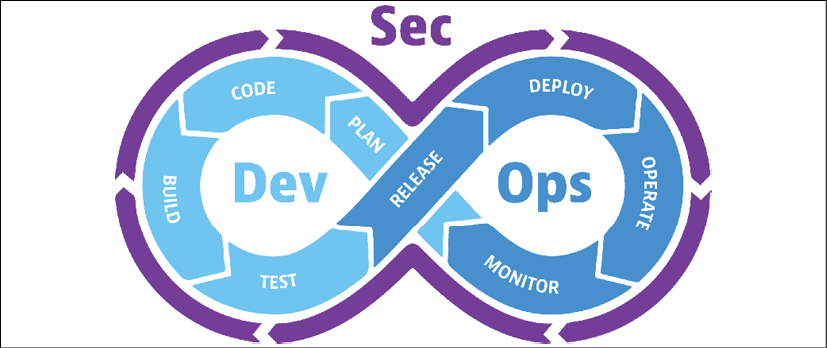Developing for Multi-Cloud with DevOps and DevSecOps
The typical reason why most enterprises adopt the cloud is to accelerate application development. Applications are constantly evaluated and changed to add new features. Since everything is codified in the cloud, these new features need to be tested on the infrastructure of the target cloud. The final step in the life cycle of applications is the actual deployment of applications to the cloud and the handover to operations so that developers have their hands free to develop new features again, based on business requirements.
To speed up this process, organizations work in DevOps cycles, using release cycles for applications with continuous development and the possibility to test, debug, and deploy code multiple times per week, or even per day, so that these applications are constantly improved. Consistency is crucial: the source code needs to be under strict version control. That is what CI/CD pipelines are for: continuous integration...



